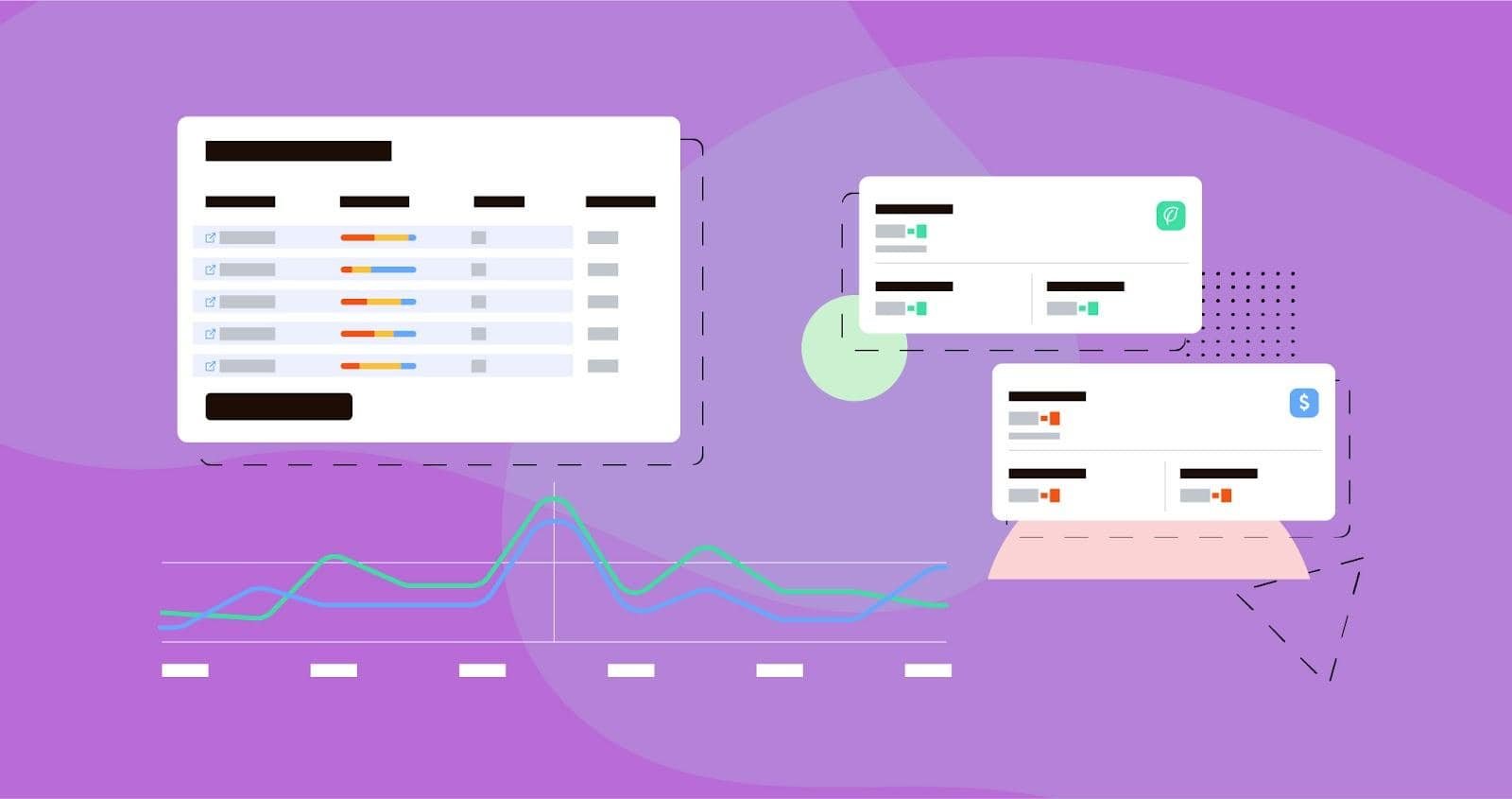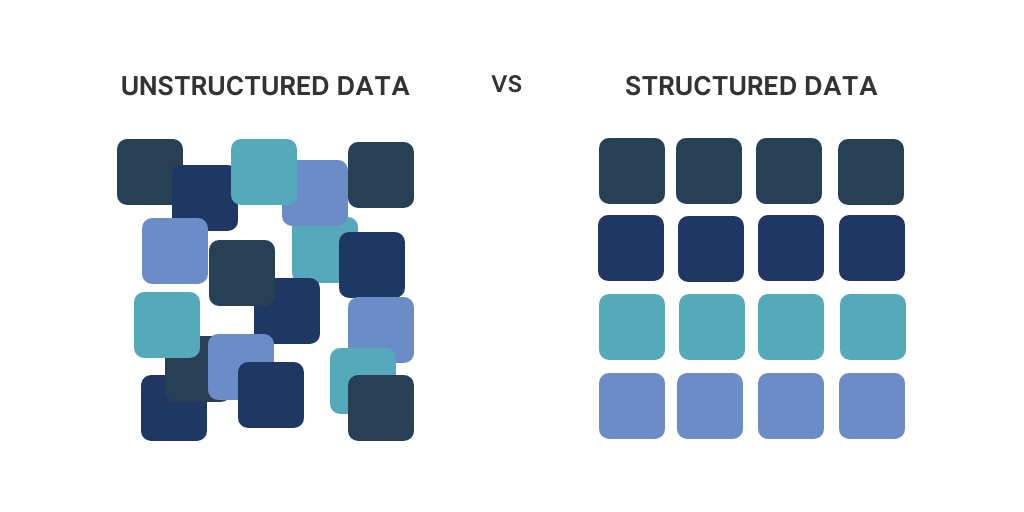We are all aware that no matter how pretty or functional your website is, it will be of waste if you cannot generate traffic to it from search engines. This is truer in 2022 than it has ever been before, especially when you consider the amount of competition that exists today.
If people aren’t finding your site organically, or if you’ve noticed your ranking dropping and are scratching your head, beginning to wonder why this is happening, it’s time to reassess a core tenant of your marketing strategy: implementing advanced search engine optimization (SEO) tactics to increase visibility.
Professional SEO services optimization should be a continuous process; however, it is never too late to make course corrections and create a visually appealing and user-friendly website and incorporate vital SEO principles that will help you rank higher in the search results.
The tactic is that the SEO landscape in 2022 will be very different from what it was in the past, and businesses that want to see results will need to stay on top of the latest trends. The information in the following article will assist you in accomplishing this goal.
Techniques
We’ll go over some of the most effective on- and off-page SEO strategies for 2022, but first, let’s look at some of the most critical technical SEO elements.
The Importance of the Search Engine Results Page’s Anatomy
SEO optimization in 2022 will look very different from what it did in the past, and nowhere is the optics more evident than how search engine results pages (SERPs) reflect users’ intent in search queries.
In the early days of SEO, optimizing your content for organic search results was all that was required of you. In those days, the search engine results pages (SERPs) were nothing more than a collection of links – a bare minimum compared to what we have today.
Modern search engine results pages (SERPs) are presented differently – as in, literally visually different – that elevate the user experience to a higher level depending on what was searched for in the first place. The following are examples of SERP components:
● Results of Pay-Per-Click/Paid Advertising
● Snippets of Interest
● Knowledge Panels are groups of people who have a lot of knowledge about something.
● Local Packs are a type of pack found in a specific location.
● Video/Images
This is something that businesses should keep in mind when implementing SEO strategies. The ability to master on-page and off-page SEO is insufficient. Understand user intent and what precisely users are hoping to find when they search for you to be successful. Suppose a user is looking for a local plumber or another contractor. In that case, they are more likely to be presented with a local trust pack result or a Google My Business directory listing. Whenever a user searches for an individual or well-known company, there’s a good chance that they will be presented with a knowledge panel.
Create High-Value Pillar Pages for your website.
In addition to pillar content, another SEO trend that has emerged in recent years is the use of video content. This strategy necessitates some collaboration among your marketing teams to develop a long-term content strategy, but it has the potential to yield significant results.
As previously stated, the idea is that your pillar content (also known as a pillar page) serves as the foundation for a specific content topic, acting as a kind of one-stop resource for the subject.
For example, you may have a large amount of content on SEO-related topics in your library. Pillar pages serve as a form of the long hub (often 2,000 words or more in length) that provides a primary overview of the SEO topic and outbound links to each subtopic you’ve written about on the subject. This can include Online Marketing SEO, On-Page SEO, Technical SEO, and other related techniques.
There are components to this format:
● Cluster Content refers to the additional resources or subtopics derived from your pillar topic (see below).
● Hyperlinks are how you connect the various types of content discussed above.
From both an end-user and a technical perspective, there are numerous advantages to using pillar content. Pillar pages are excellent resources on the user side because they allow users to quickly access any information you’ve written on a particular topic.
Traditional page indexing involves search crawlers discovering content, reviewing the metadata, and categorizing the page before storing it in a database until it is required to be pulled. Pages are ranked according to the effectiveness of their keyword strategy and page format. It’s not difficult to understand.
Because conventional indexing is a disorganized strategy with little connection between topics, there is a problem with this type of indexing. As a result of how sites are indexed, multiple posts on the same issue may compete for the same SERP rankings, primarily if you’ve written several posts on the same topic in the past.
To illustrate, think about a file cabinet: it’s much easier to find what works for when all of your papers are filed in the appropriate folders; however, when everything is thrown into the cupboard with post-it notes indicating their topics, it becomes challenging to find what you’re looking for.
Pillar pages are dedicated to a single broad topic, with keyword optimization reserved for each piece of cluster content on the page. This ensures that your pages are not in direct competition with one another and that everything is organized in a user-friendly manner for your visitors.
Conclusion:
SEO is indeed the need of the hour and one of the most effective digital tool, which every business of different size should leverage it to get organic reach.






